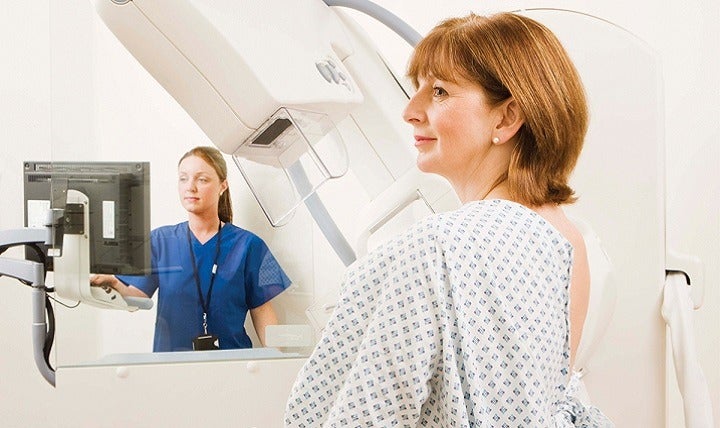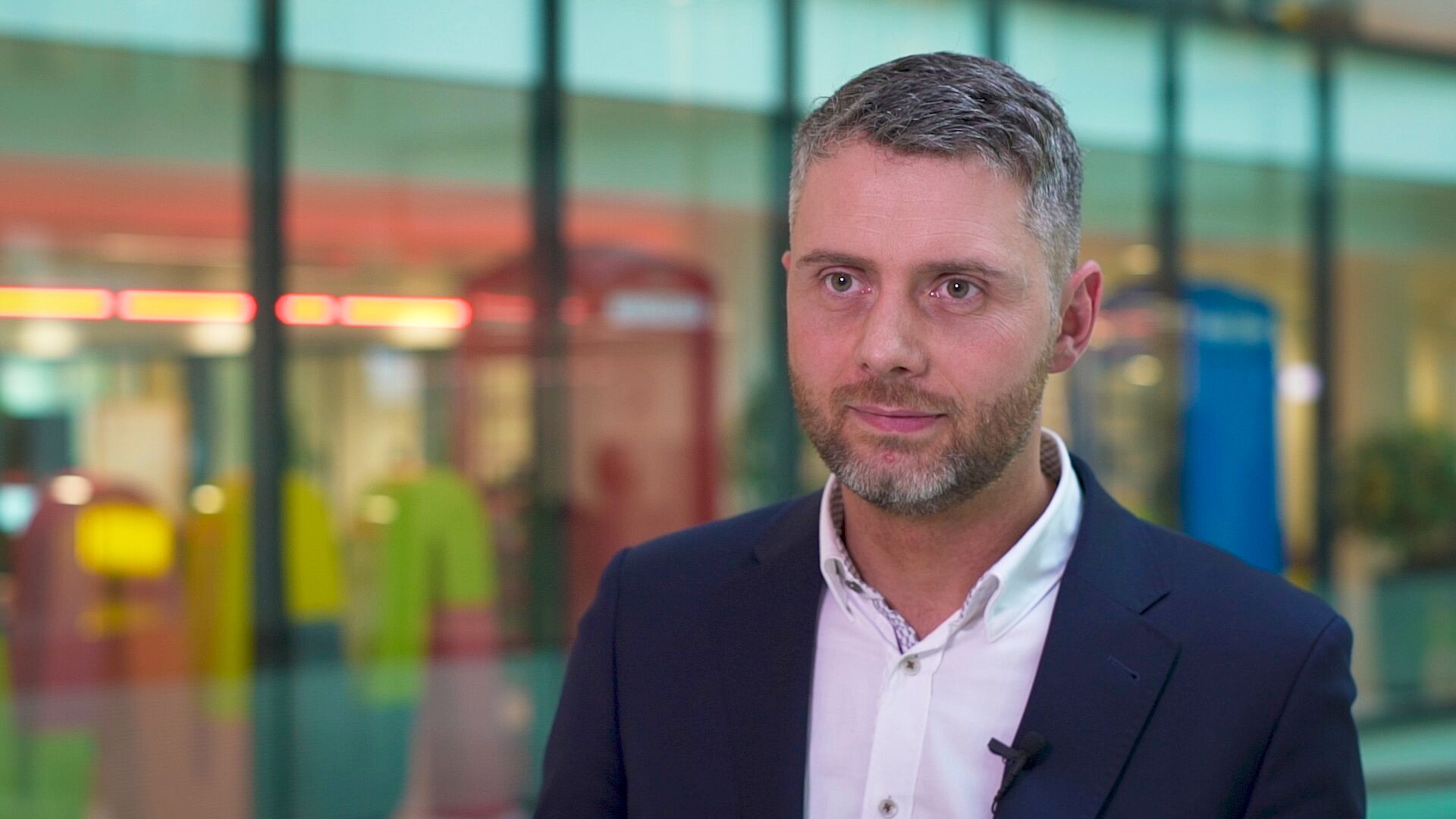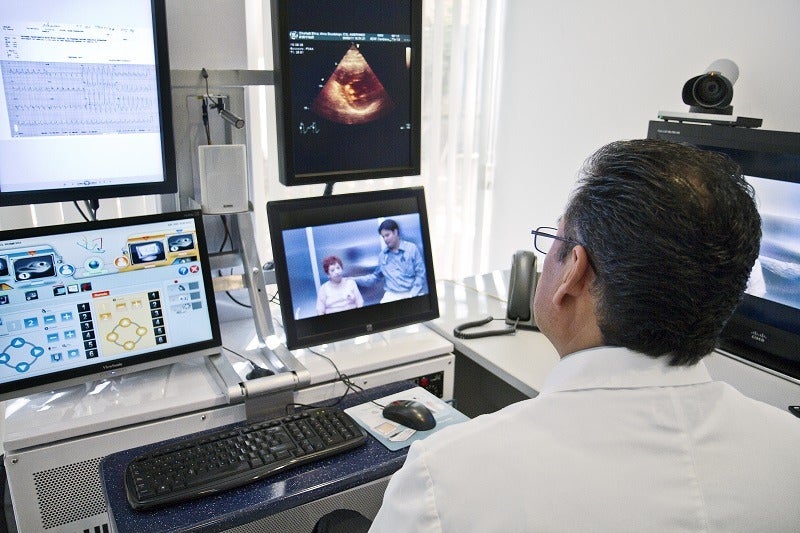
Through a single virtual collaboration platform, Visionable is currently powering multiple clinician-led schemes across the UK and is used by over 100 separate NHS organisations to deliver better treatment to stroke patients.
Efficient communication between doctors is a central clinical function in building a solid healthcare delivery system to facilitate in accurate diagnosis and treatment with the ultimate goal of achieving the best outcome and patient experience.
Years of research has long suggested that collaboration across healthcare professionals and staff improves coordination and the quality and safety of patient care, as it utilises both collective skills and experience of team members.
Alan Lowe, CEO and co-founder of Visionable, said: “Healthcare is inherently complex. Doctors and clinicians across the country face very different challenges, so a one-size-fits-all top-down approach simply doesn’t work for the healthcare sector.
“To be truly effective, the technology used at any stage of care must be flexible enough to support both unique patient treatment and clinicians’ specific needs.
“This is why we work in close collaboration with clinicians to perfect our technology and ensure it empowers them to solve the challenges faced in day-to-day healthcare practices.
“We want to align with the specific needs of healthcare organisations rather than impose new methods or disrupting well-established ways of doing things.
“This bottom up approach allows us to create an easy and practical platform that helps deliver the best outcomes for patients today in as cost-effective a way as possible.

How virtual methods surpass the shortcomings of current treatment methods in healthcare
Virtual reality has been making an impact on training and access to healthcare services for quite some time, creating technologies that are becoming easier to use throughout the world.
A key feature that can be observed in the latest innovations of health and medtech is that it is all about delivering a primary health care model and offering a single and coordinated healthcare service, covering the needs of every patient and clinician.
While managing frontline services and a staff of 200 at London’s St Mary’s Hospital, Mr Lowe acknowledged the frustration among staff and patients when attempting to handle the technical innovations.
Therefore, in order to identify new ways to drive better collaboration in healthcare, he then went on to lead the Service Improvement Programme for NHS Westminster, working with global government health organisations and communications providers.
This helped Mr Lowe understand both the challenges and the opportunities facing public health in the UK from the inside out.
He said: “Many technical innovations are not built for purpose, require an unfeasible investment, or cause aggravation among staff and patients alike.”
“Visionable was built and adapted to help solve some of the main challenges the NHS faces, bringing efficient and effective care to patients.
“We saw the potential of being able to virtual imaging with video collaboration to help bring dispersed teams together, so that the best care can be delivered quickly and efficiently.
“Rather than waiting to have the right people in one room to discuss treatment plans – we can connect teams from anywhere in the country.”
After Mr Lowe witnessed first-hand the difficulties associated with providing patient care and the challenges clinicians face on a daily basis, he developed the platform specifically in line with their work needs.
Visionable’s video collaboration can merge numerous independent streams into a single screen, which enables an unlimited number of experts on a single virtual conference.
Mr Lowe explained to NS Medical Devices: “This makes it possible to connect multi-disciplinary teams across a city, the country or even worldwide in ways no other platform can.
“The hardware-agnostic software and cameras can connect to medical devices, and show X-rays, slides, microscope images and other medical data allowing doctors to analyse the same images and information and collaborate remotely together.
“Crucially, Visionable is the only platform able to provide the native resolution needed so that every image can be seen in the quality required to make urgent medical decisions.”

How the NHS uses Visionable’s virtual platform in practice
As part of the big push on hospitals to be totally digital and paperless by 2024, the NHS has partnered with multiple digital platforms for more effective treatments, one of which is Visionable.
Stroke is a leading cause of death and disability in the UK with almost 32,000 stroke-related deaths in England each year.
The figures from the British Heart Foundation show an increase in deaths in the UK from vascular conditions including heart attacks and strokes since 2014, with 42,384 people dying before the age of 75 in 2017, compared to 41,042 three years earlier.
To enable stroke specialists to speak to the patient, NHS East of England (EoE) created the Stroke Telemedicine Stakeholder Partnership with the aim of driving collaboration amongst the region’s hospitals to extend the reach of treatment for patients presenting acute ischaemic stroke (sudden loss of blood circulation to an area of the brain).
Mr Lowe explained: “Due to an out-of-hours stroke specialist shortage, fewer than 5% of patients eligible for thrombolysis in EoE were receiving the treatment within the critical four-hour time-frame.
“So they created a Stroke Telemedicine Stakeholder Partnership to find new ways to connect patients with critical expertise when and where they need it.
“This allowed them to evaluate the patient’s condition quickly and carefully, whilst reviewing brain scans and clinical history in real time.”
Since its implementation in November 2010, the technology has allowed over 3,200 diagnoses, with an average of 41% of patients receiving thrombolysis.
Further innovations in healthcare technology are anticipated to have a profound impact on patients, NHS staff, the shape of care and costs.
Mr Lowe says one area his team are focusing on is bringing care to patients that need it quickly in emergency situations, in order to alleviate the strain on A&E departments.
He added: “The potential of video collaboration is endless and we are continuously looking for ways to adapt and expand it to numerous, specialised healthcare scenarios.
“Technological developments such as 5G, AI and wearables will undoubtedly offer an interesting future for healthcare, and our platform will connect all these technologies together.
“But while the innovations of the future might be a more interesting conversation now, our focus is on making a real difference today.”






